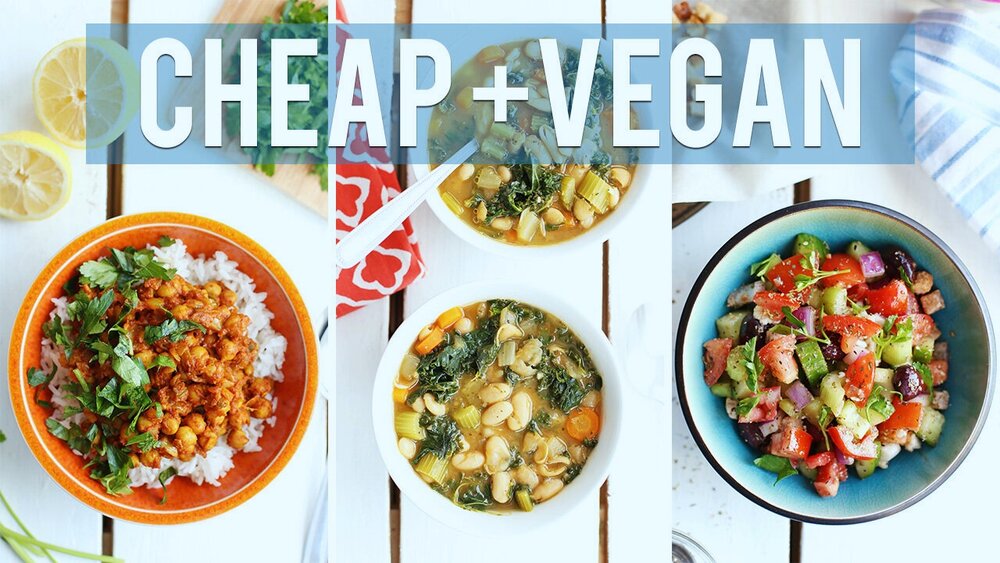
You can have a healthy lifestyle without using animal products and still receive all of the recommended nutrients. You should take some precautions before you change to a plant-based diet. To replace nutrients such as calcium from animal products, vitamin B12, or vitamin D, you'll need to eat other foods. These nutrients can either be replaced by plant-based diets or nutrient supplements. A dietitian can provide advice and recommend the appropriate foods to replace them.
They reduce the chance of 15 leading causes demise
The world's most deadly killer, cardiovascular disease is responsible for 17.9 Million deaths annually. Numerous studies have shown a reduction in the risk of this deadly disease by eating vegetarian and vegan diets. Researchers have found that vegans and vegetarians reduce the risk of CHD by about 20%. They had 10 less cases of CHD per 1000 people than meat-eaters. Many studies carried out by the Pan-European EPIC Cohort also revealed a reduction in CVD risk for meat eaters.
A new study published in Nature Communications revealed that vegans have a 20% reduced risk of developing an ischemic strike. The study covered 15,000 people who either suffered a hemorhagic or cerebral strokes. These findings are encouraging but more studies are necessary to confirm these results.

They are environmentally friendly
Studies have shown that veganism can be more sustainable than eating animal products. Higher greenhouse gas and forest emissions are linked to meat consumption. Raising beef, chicken and other animals to eat requires land that could be used for fruits and vegetables. Our planet is destroyed and the soil is deprived of nutrients by the livestock sector. This can lead to habitat loss, and even deforestation.
It is no surprise that vegans have seen a 160 percent increase in their number over the past decade. When considering your meals, take the time to consider where your food comes from and how it was grown. While most meat is sourced from faraway farms, you can still find vegan food that has been grown sustainably in many parts of the country. For example, you'll find pomegranates and mangoes from India. Lentils and beans can be purchased from Canada and Brazil. Local farmers are more environmentally friendly than buying avocados or goji berries imported.
They are easy to transition to
You can make a simple switch to a plant-based diet by following these steps. Look at the ingredients labels and only choose products made with natural components. Look out for ingredients like whey, carmine, red 4, and confectioner's glaze, as these are all derived from animal products. Some companies will mark their products vegan at the start of the ingredients list.
It's important to start slowly, so don't overwhelm yourself by trying to make every single meal a gourmet creation. You can easily transition to a vegan diet if you take it step by step, each meal by itself. Try not to be overwhelmed by the transition and limit your meals to one per day for a few more weeks.

They promote humane treatment of animals
Veganism is a good way to encourage humane treatment. Refusing to purchase animal products will help reduce their demand. This means that less animals are being bred or killed in farms and factories. Over one billion animals are raised annually in the UK each year to provide food. These animals are often raised in factory farms and most are killed at a few months or weeks of age.
Veganism's philosophy is based on the conviction that animals should not be used for human purposes. A vegan is someone who vows not to eat, wear, or use animal products. Additionally, vegans object to violence against animals and are conscientious.
FAQ
Here are 7 ways to live a healthy lifestyle.
-
Eat right
-
Exercise regularly
-
Sleep well
-
Get plenty of water.
-
Get enough rest
-
Happy!
-
Smile often
What is the difference between a virus and a bacterium?
A virus can be described as a microscopic organism incapable of reproducing outside its host cell. A bacterium (or single-celled organism) reproduces by splitting itself into two. Viruses are very small (about 20 nanometers) while bacteria are larger (up to 1 micron).
Viruses are spread via contact with infected bodily liquids such as urine, saliva, semen and vaginal secretions. Bacteria are often spread via direct contact with contaminated surfaces and objects.
Viral infections can be transmitted through skin cuts, scrapes and bites. They can also get into the skin through the nose, mouth and eyes, ears as well as through the rectum, rectum and anus.
Bacteria can get into our bodies through cuts, scrapes and burns, insect bites, or other skin breaks. They may also enter our bodies from food, water, soil, dust, and animals.
Viruses and bacteria both cause illness. But viruses do not have the ability to multiply within their hosts. They can only infect living cells and cause illness.
Bacteria can cause illness by multiplying in the body. They can also invade other parts of your body. That's why we need antibiotics to kill them.
Why should we have a healthy lifestyle to begin with?
Living a healthy lifestyle can help you live longer and more happy lives. A healthy diet, regular exercise, good sleep habits, and stress management will help prevent diseases like heart disease, diabetes, cancer, and stroke.
Healthy lifestyles will help us to cope with daily stresses better and improve our mental health. Having a healthy lifestyle will also boost our self confidence and help us look and feel younger.
What is the ideal weight for my height? BMI calculator and chart
The best way to determine how much weight you need to lose is to use a body mass index (BMI) calculator. A healthy BMI range is between 18.5 and 24.9. To lose weight, you should aim for a loss of 10 pounds per year. Simply enter your weight and height into the BMI calculator.
This BMI chart will help you determine if your body is overweight or obese.
How can weight change with age?
How can I tell if my bodyweight changes?
When there is more muscle mass than fat, weight loss can occur. This means that daily energy needs must be greater than the calories consumed. Low activity levels are the leading cause for weight loss. Other causes include illness, stress, pregnancy, hormonal imbalances, certain medications, and poor eating habits. If there is more body fat than muscle mass, then weight gain can occur. It occurs when people consume more calories per day than they need. Common reasons include overeating, increased physical activity, and hormonal changes.
Our bodies lose weight because we eat fewer calories than we burn. Regular exercise increases metabolism, which means that we burn more calories per day. This does not necessarily mean that we will get thinner. All that matters is whether we are losing or gaining weight. If we're burning more calories that we consume, we'll lose weight. However, if you consume more calories than you burn, you'll end up storing them for fat.
As we age, our ability to move around is slower and we are less mobile. We also tend to eat less food than we did when we were younger. Also, we are more likely to gain weight. On the flipside, we are more muscular than we really need and appear larger.
Without weighing yourself each week, there is no way to know how much weight you have lost. There are many ways you can measure your weight. You can also measure your waistline, your hips or your thighs. Some people prefer to use bathroom scales while others like to use tape measures.
You can track your progress by weighing yourself at least once per week and measuring your waistline every month. You can also take photos of your self every few months to see the progress you have made.
Online data can be used to determine your weight. If you are 5'10' tall and weigh 180lbs, your weight would be 180.
Statistics
- According to the Physical Activity Guidelines for Americans, we should strive for at least 150 minutes of moderate intensity activity each week (54Trusted Source Smoking, harmful use of drugs, and alcohol abuse can all seriously negatively affect your health. (healthline.com)
- WHO recommends reducing saturated fats to less than 10% of total energy intake; reducing trans-fats to less than 1% of total energy intake; and replacing both saturated fats and trans-fats to unsaturated fats. (who.int)
- WHO recommends consuming less than 5% of total energy intake for additional health benefits. (who.int)
- This article received 11 testimonials and 86% of readers who voted found it helpful, earning it our reader-approved status. (wikihow.com)
External Links
How To
27 steps to live a healthy life even if your family eats only junk food
Cooking at your home is one of the easiest ways to eat healthier. This is difficult for people who don't know how to cook healthy meals. This article will provide some helpful tips for making healthier dining out choices.
-
Consider eating at restaurants that serve healthy meals.
-
Before ordering meat dishes, order salads and other vegetables.
-
Ask for sauces without added sugar.
-
Avoid fried foods.
-
Choose grilled meats over fried.
-
Order dessert only if you absolutely need it.
-
After dinner, make sure you have something to eat.
-
Take your time and chew slowly.
-
When you eat, drink plenty of fluids.
-
Don't skip breakfast and lunch.
-
Include fruit and vegetables with every meal.
-
Consider drinking milk instead of soda.
-
Avoid sugary drinks
-
Reduce salt intake.
-
Limit the amount of time you eat at fast food restaurants.
-
Ask someone to join you if you cannot resist temptation.
-
Do not let your kids watch too much TV.
-
During meals, turn off the TV.
-
Do not consume energy drinks.
-
Take regular breaks from the office.
-
Get up at a reasonable hour and do some exercise.
-
Every day, exercise.
-
Start small, and work your way up.
-
Set realistic goals.
-
Be patient.
-
Find time to exercise even if you don't feel like it.
-
Use positive thinking.